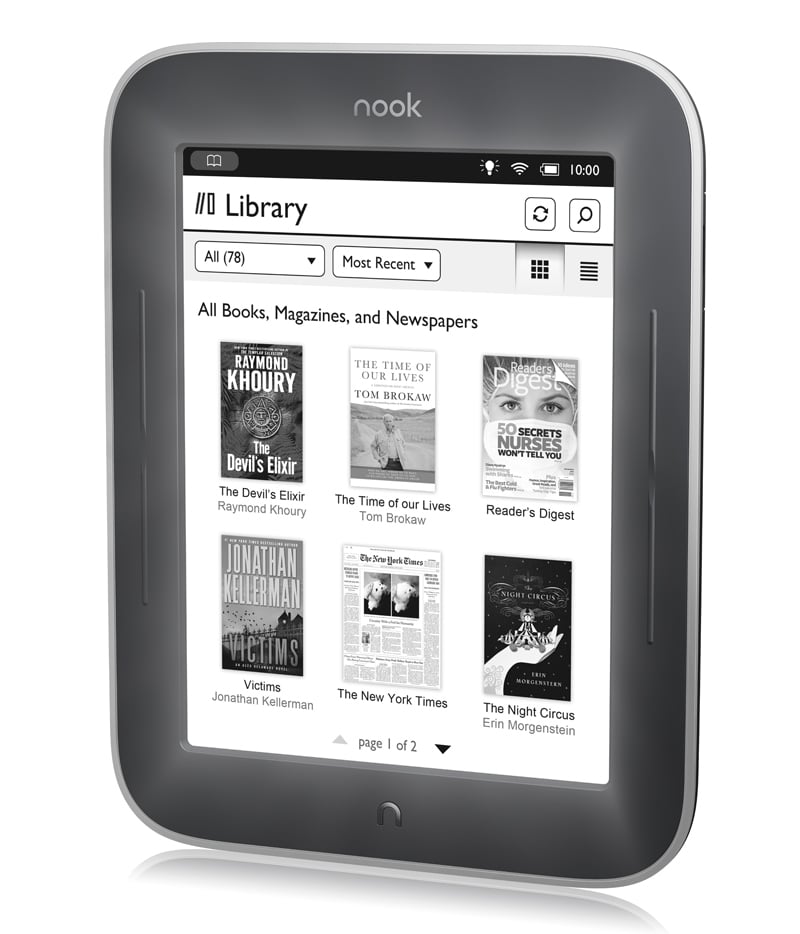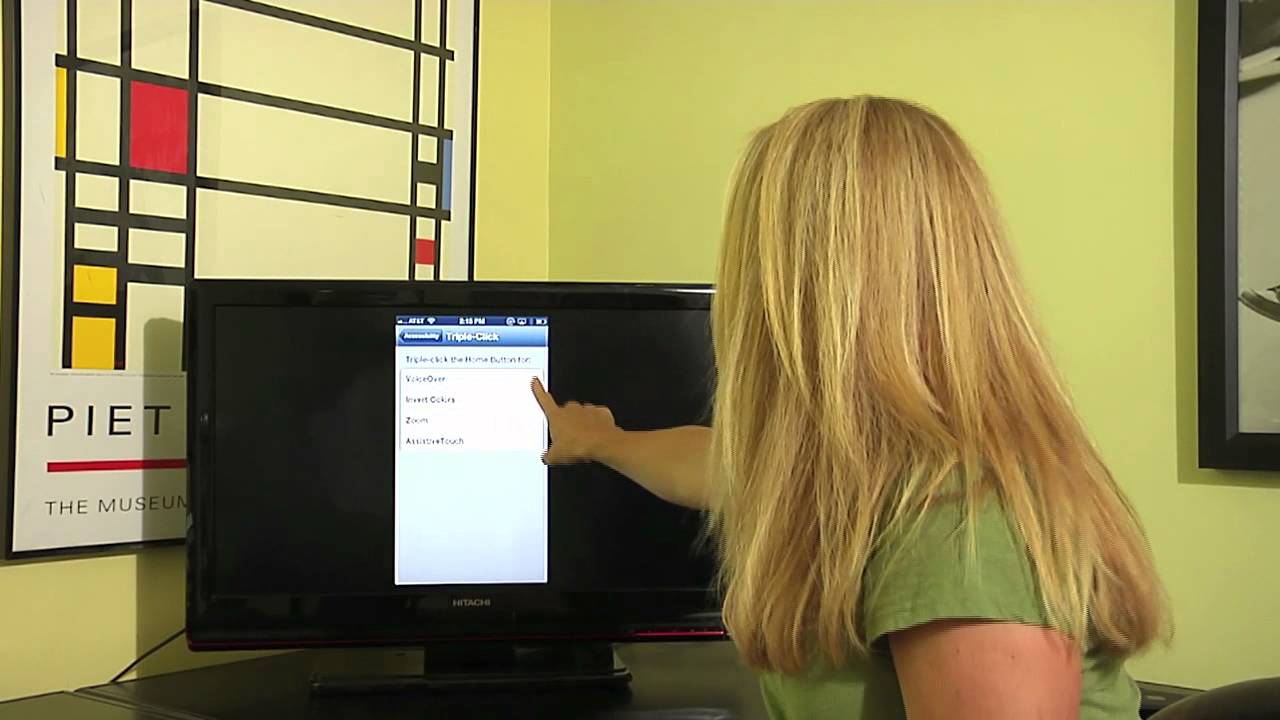

Battery life is probably better without this functionality, but it’d be a nice option for people who listen to music while they read.Īt the end of my Kindle 4 review, I said that the low-end Kindle “isn’t necessarily designed to be anyone’s first Kindle or anyone’s only Kindle” and was aimed primarily at people who already own another tablet or Kindle. The Kindle obviously isn’t meant to be a dedicated music player, but lack of support for Amazon’s Cloud Player or its MP3 store seems like a missed opportunity. As with loading PDFs or other non-Amazon files to the Kindle, there’s no pretty interface for loading MP3s onto the reader - you plug the Kindle into your computer and drag MP3s to the Music folder in your file explorer. Unlike the audiobook player, though, you can freely read other books, browse the Kindle store, or hop on the Internet while music tracks are playing. The MP3 player, accessed through the Experimental menu, offers fewer controls - you can only navigate between tracks, control the volume, and turn playback on and off. While playing audiobooks, you can’t use the Kindle to do anything else - navigating away from the player page will stop the track. There are controls for moving forward and backward in the track, switching between tracks, and jumping back to a previous position in the track. The audiobook player itself is simple but functional: the play/pause button and volume bar are at the bottom of the screen, below the progress bar. In addition to its headphone jack, the Kindle has speakers on the back for listening to audio - the quality isn’t fantastic and they don’t get very loud, but they’re adequate for audiobooks in a relatively quiet room and there’s no distortion when the sound is turned all the way up. Whether you prefer it to the physical keyboard in past Kindles is a matter of personal taste (I do), but either way the loss of the physical keyboard is made up for by the reduction in size and weight.
Because of the Kindle’s 6” screen, typing an entire novel on the keyboard is never going to be an option, but it’s miles ahead of the onscreen keyboard in the Kindle 4, and it’s quicker and more accurate than the screen’s low refresh rate makes it seem.

It’s a standard QWERTY layout, with options to switch to a couple different keyboards for numbers and symbols. The touch keyboard, invoked whenever the device needs text input, should be familiar to anyone who has used a smartphone or tablet. Tapping and holding items on the home screen will bring up additional information about them, and tapping and holding text in a book will allow you to highlight and share text and make notes. Standard pinch-to-zoom controls are also available, which will change the font size on the device. Tapping the top of the screen brings up the device’s menu, where you can search through the book’s contents, change the font size, and configure other options.


 0 kommentar(er)
0 kommentar(er)
